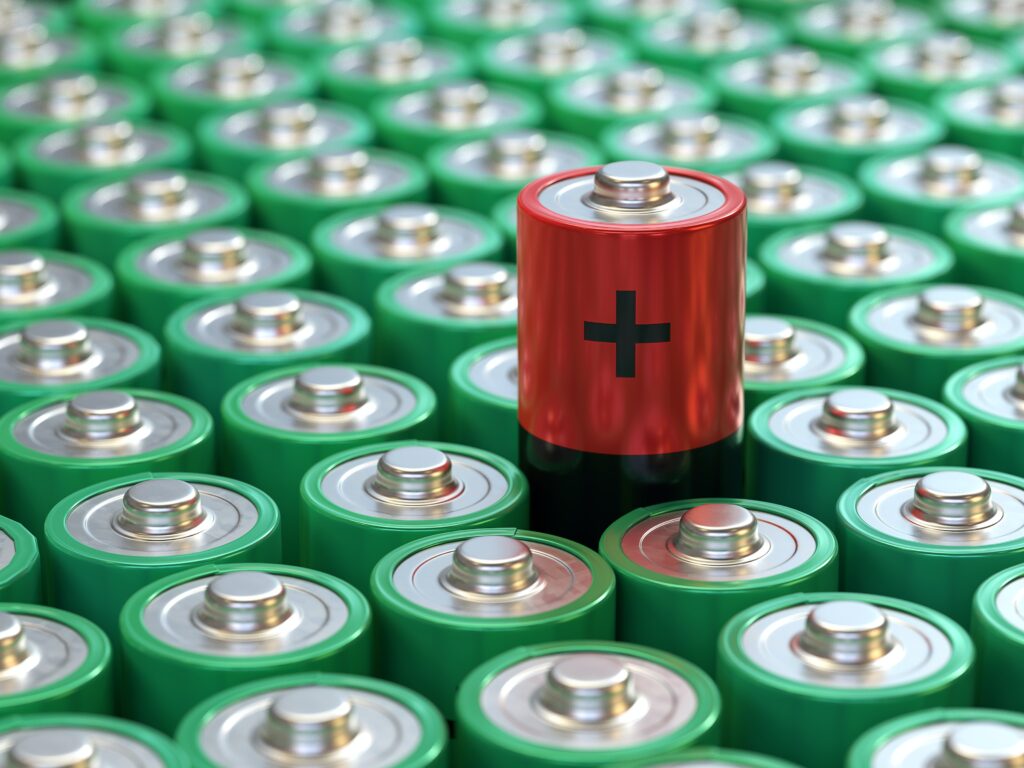Electrical grids around the world had always faced one problem: Energy is consumed as it’s being produced, so electrical energy generation and consumption must be balanced across the entire grid. Grid operators have various options to help reduce or manage the consumption to balance the grid, but what about when the grid’s baseload generation exceeds its consumption? Well, that energy doesn’t have to be wasted, but stored instead.
Why don’t we take that energy, and move it somewhere else?
.png)
The concept of batteries may not be new, but battery technologies are still developing. Continuous research and development have put lithium-ion batteries at the forefront, which have benefitted from increased electric vehicle production. However, a lesser-mentioned option is the battery energy storage systems (BESS), which will play a very large part in the upcoming decarbonization of the grids around the world.
There are a few different types of BESS available on the market, including but not limited to:
- The most popular of which are the lithium-ion batteries. They’re relatively lightweight compared to other options, and provide a high energy density in return. The extra compact factor makes transport and installation much easier in comparison to other types.
- Lead-acid batteries are still around and less efficient, as these were the first types of rechargeable batteries invented. In some cases where these are not going to be used very often, this is the less expensive alternative to lithium-ion batteries.
- Flow Batteries turn electrochemical energy directly into electricity. This type of battery uses a liquified electrolyte stored in tanks and pumped through the battery during charging and discharging cycles, which means scaling up just requires a bigger tank.
How big can a BESS be?
Battery systems can vary greatly in size and capacity, serving different purposes and sectors. Some of the typical residential energy storage units (RESU) could be used for residential purposes. The idea is to charge when electricity costs are low, and dispatch during on-peak hours to save money. Ranging between 3-15kWh, they’re often compact enough to be kept inside homes and garages.
There are also BESS for commercial or facility-level use. Some designs on the market can range between 100kWh to 10MWh capacities. These would typically require a battery management system to charge and dispatch based on the operational needs of any business or facility. Due to the larger energy storage capacity, the dimensions could vary from a typical supply cabinet size to a shipping container outside an industrial facility.
Grid-scale Storage: As the name suggests, this type of energy storage would have to be enough to supply the grid on a higher level. This can range from hundreds of MW to GWh capabilities. The classic method is the pumped-storage hydropower, which accounts for over 90% of the world’s electricity storage. However, non-hydro battery technologies such as lithium ion catching up, with much capacities steadily increasing. To put things into perspective, a recent Australian state level project is capable of 400MWh alone.
Global storage capability was around 8500GWh in 2020. Batteries are catching up very quickly, as many governments around the world are now investing in larger storage options to speed up and better optimize dispatch times as required by their grid.
So why do we need all these?
Batteries are a crucial part of any zero emissions targets. The storage systems allow intermittent renewable energy sources, such as wind or solar power that fluctuate heavily depending on weather, to become much more reliable energy sources. Any excess energy produced can be released during times of high demand, which improves the overall stability of the grid, and truly opens the potential for renewable energy sources to become more viable as an energy source.
A locally based BESS can assist in load leveling across the grid by removing some of the demand from the grid. It’s also likely to improve power quality by smoothing out voltage fluctuations and is a reliable way to provide backup power during outages. This could prevent operational disruptions and equipment damage.
More innovation focused on BESS can also drive advancements in battery technology. The cost of batteries has been decreasing steadily over the past few years and is expected to continue decreasing. The continuous research and development could further improve the efficiency and capabilities of BESS, which would make it much more competitive with traditional grid generation methods.

Of course, electric vehicles also play a role. Late last year in December 2022,the Canadian government set a goal for 60% of all vehicle sales must be electric by 2030. This is going to increase the stress on the grid a lot more, and BESS could provide a reliable solution to prevent a sudden increase in demand on the grid. Charging stations are likely to replace gas stations in the future, and taking that demand off the grid would be the better option.
So why hasn’t everyone adopted one yet?
There are a lot of challenges to various types of BESS. The most obvious factor is the significant upfront cost compared to other solutions, which is just more generation and better energy management. For many facility-level BESS operators, the upfront costs make it difficult to obtain funding for a project that has a long pay-off period. There are also operational and maintenance costs involved during operations.
On the operational side, charging and dispatch must be configured to maximize cost-effectiveness and energy efficiency. This means batteries are inherently less dependable than grid-level power generation sources. However, a capable energy manager could potentially set the BESS to automatically charge or dispatch depending on the grid’s status. At Edgecom Energy, we recommend a peak-predicting service with live pricing to help automatically dispatch and charge the battery when needed most, maximizing the potential of any BESS. If you’re interested in finding out more about battery energy storage systems, how to manage one, or even obtaining a BESS for your facilities, please reach out at any time.

